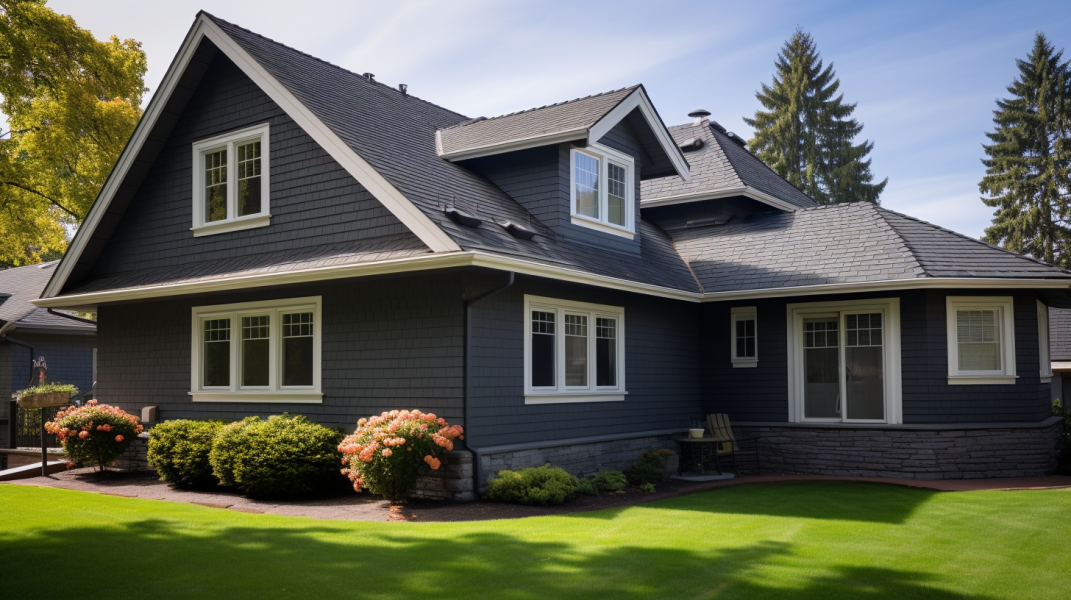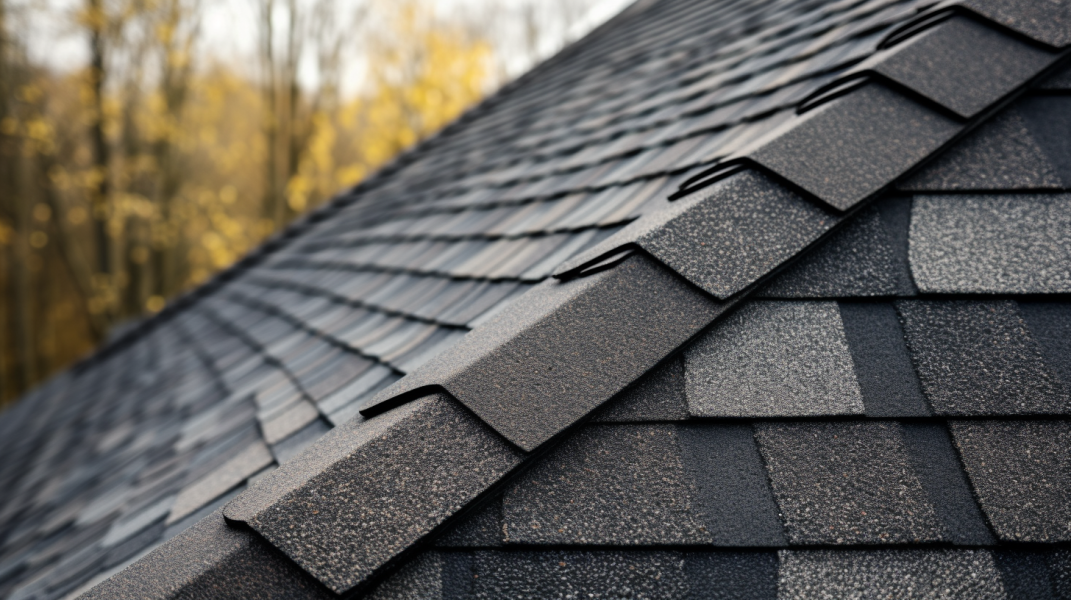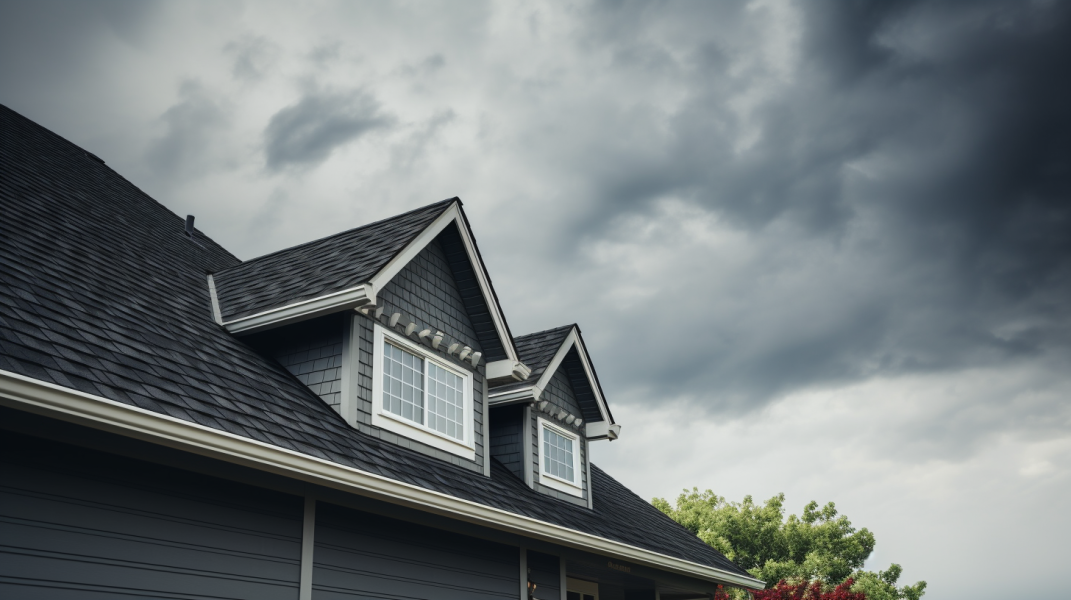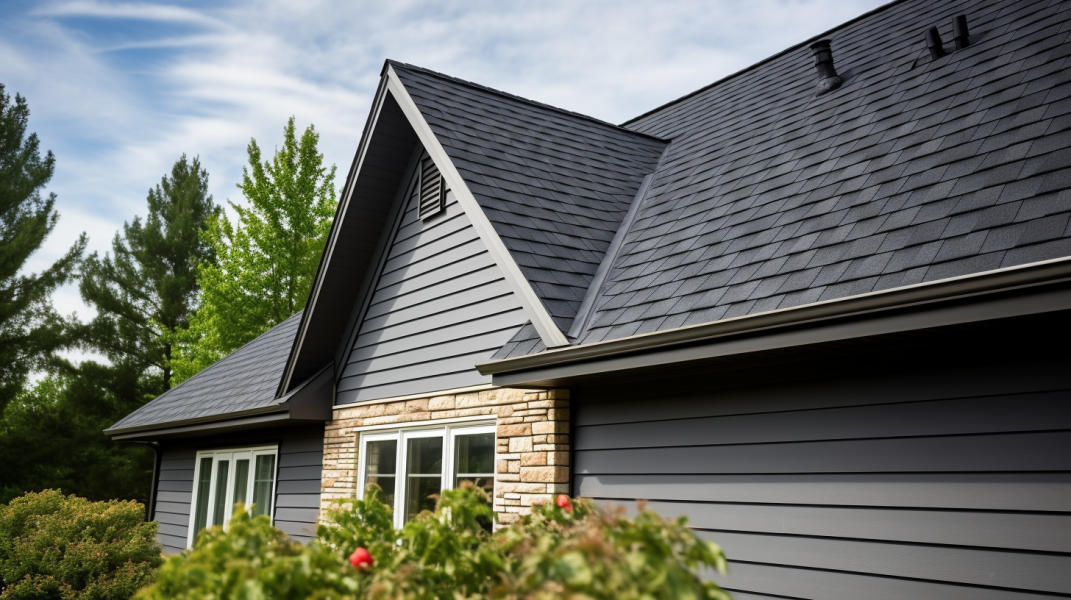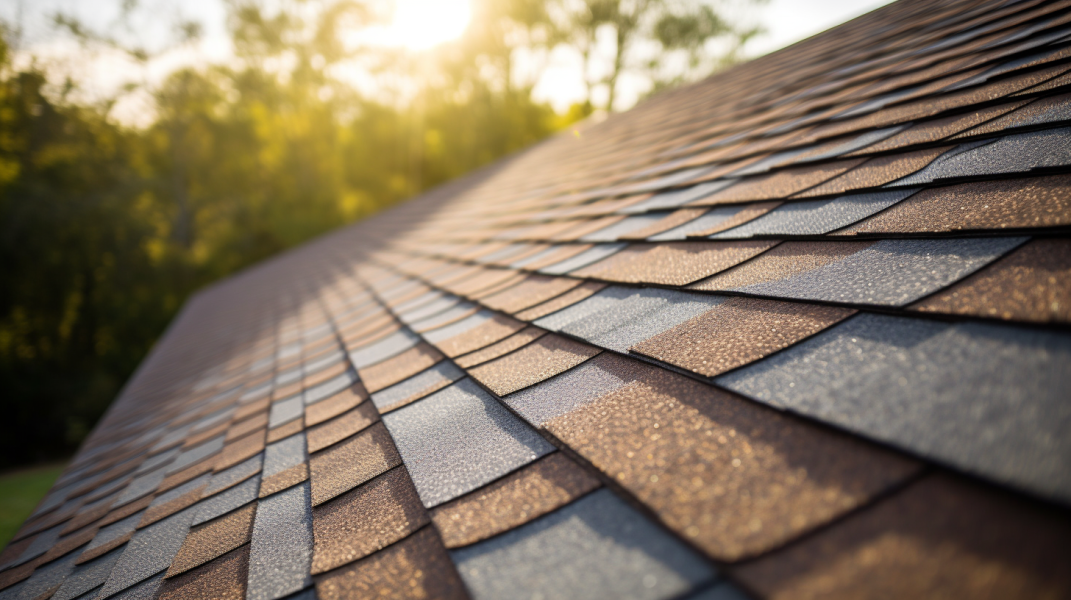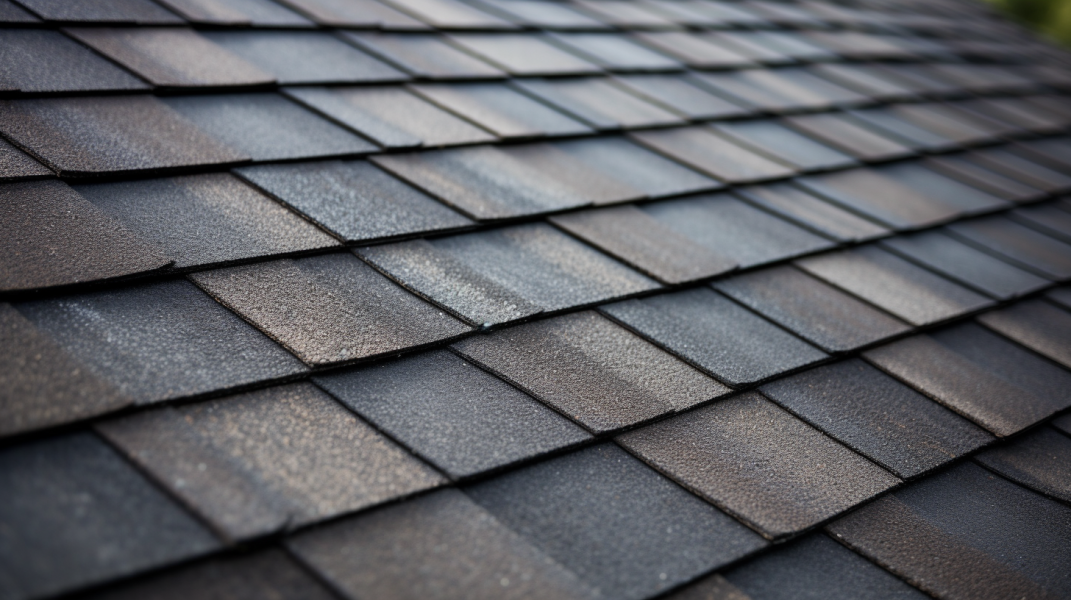Roofing Tips for Extreme Weather Conditions: Protecting Your Home
As a homeowner, taking preventive steps to protect your home from extreme weather conditions is crucial. The roof, being the first line of defense, requires special attention. This guide provides roofing tips for severe weather conditions protecting your home. It will help you understand how to prepare for the storm and keep your family safe.
Why Do You Need to Prepare for Weather Extremes Early?
Preparing for severe weather conditions isn't just about peace of mind; it has concrete benefits.
Early Preparation Minimizes Damage
When a storm hits, everything depends on how well you prepared beforehand. Regular roof inspections and carrying out necessary repairs help identify potential vulnerabilities and fix them before heavy rain, high winds, or heavy snow cause significant damage.
Regular Maintenance Can Prevent Costly Repairs
Roofs suffer gradual damage over time, with extreme weather conditions exacerbating this process. Regular maintenance can help identify minor issues before they lead to major damage and costly repairs.
Ensuring Your Insurance Policy is Up-to-Date
Regularly inspecting your roof and keeping up with repairs can affect your homeowner's insurance policy. In the event of a natural disaster, you want to ensure your policy is valid and that you've taken all the necessary precautions to protect your home.
Safety of Your Family
Preventive maintenance not only protects your house but also keeps your family safe. When a storm arrives, having a sturdy, well-maintained roof overhead provides reassurance for everyone inside.

Which Extreme Weather Conditions Can Damage Your Roof?
Every geographical location has its unique weather challenges. However, some types of severe weather conditions are especially detrimental to your roof.
Strong Winds
Strong winds can cause significant damage to your roof, especially if it's already weakened due to a lack of maintenance. Winds can strip away shingles, exposing the underlayment and decking to further damage. The corners and edges of the roof are particularly susceptible to wind damage.
Heavy Rains
Heavy rain is a common culprit for roof damage. If your roof has missing or loose shingles, rain can easily seep into the underlayers, leading to leaks, mold, and potential structural damage to your home. Even a small amount of water leakage over time can cause serious issues.
Hail Storms
Hail storms can be incredibly damaging, particularly for asphalt shingle roofs. Hailstones can cause shingles to crack, split, or lose their protective granules, exposing the underlying structure to the elements and increasing the risk of leaks.
Hurricanes
Hurricanes combine several extreme weather conditions—strong winds, heavy rains, and sometimes hail. This combination can wreak havoc on a roof, tearing away shingles, causing structural damage, and leading to extensive water damage.
Snow and Ice
Snow and ice might seem less destructive than wind or rain, but they pose their own risks. Heavy snow can put a strain on the roof structure, while repeated freeze-thaw cycles can lead to ice dams that can lift shingles, allowing water to seep into your home.
Extreme Heat
Extreme heat and sunlight can cause roofing materials to age and deteriorate quickly, particularly asphalt shingles. This process can be accelerated if your roof lacks proper ventilation, causing shingles to crack and warp and leaving them more vulnerable to other extreme weather conditions.
High Humidity
Roofs are more susceptible to algae and moss growth in areas with high humidity. These organisms can cause damage to the roofing material over time, reducing its lifespan and effectiveness.

10 Roofing Tips for Extreme Weather Conditions: Protecting Your Home
Here are ten crucial roofing tips to minimize damage and keep your home protected.
Conduct Regular Roof Inspections
Regular roof inspections are the first step in protecting your roof from extreme weather. A professional roofing contractor can identify missing or loose shingles, signs of wear around vent pipes, and other potential issues that may lead to roof damage if left unaddressed. A roof inspected regularly is can give you some peace of mind.
Choose Durable Roofing Materials
Asphalt shingles, metal roofing, and other high-quality roofing materials can withstand severe weather conditions better than lower-quality alternatives. Opting for extremely durable materials can save you from repeated repairs and replacements. Regularly inspecting your roof will not matter if the material is not good.
Keep Gutters Clear
Clogged gutters can lead to water backup, causing significant damage to your roof and home's structure. Ensure your gutters are clear of leaves, twigs, and other debris, particularly before the hurricane season hits. Regular inspections reveal any issues beforehand.
Trim Nearby Trees
Overhanging tree branches can cause damage to your roof during high winds or heavy snow. Trim dead limbs and keep trees near your house maintained to prevent this.
Reinforce Your Roof
Consider having a professional check and reinforce your roof's structure, particularly if you live in an area prone to hurricanes or heavy winds. This can help it withstand severe weather conditions better.
Monitor for Ice Dams
Ice dams can cause significant damage to your roof during winter. Install heat cables and ensure adequate attic insulation to prevent ice dams. Doing this in a timely manner can keep you from the severe effects of the next storm.
Remove Loose Debris Before a Storm
Loose debris on your roof can cause significant damage when a storm hits. Before extreme weather conditions set in, ensure your roof is clear of debris.
Secure Outdoor Furniture
During strong winds or a storm, outdoor furniture can become airborne and damage your roof. Secure your outdoor furniture or move it indoors when you know a storm is coming.
Install a Wind Mitigation System
In areas prone to hurricanes and strong winds, a wind mitigation system can significantly reduce the chance of wind damage to your roof. This is one way to meet all your roofing needs during bad weather.
Have a Reliable Roofing Contractor on Speed Dial
In the event of roof damage, it's essential to have it fixed promptly to prevent further damage. Having a reliable roofing contractor you can call when needed is invaluable.
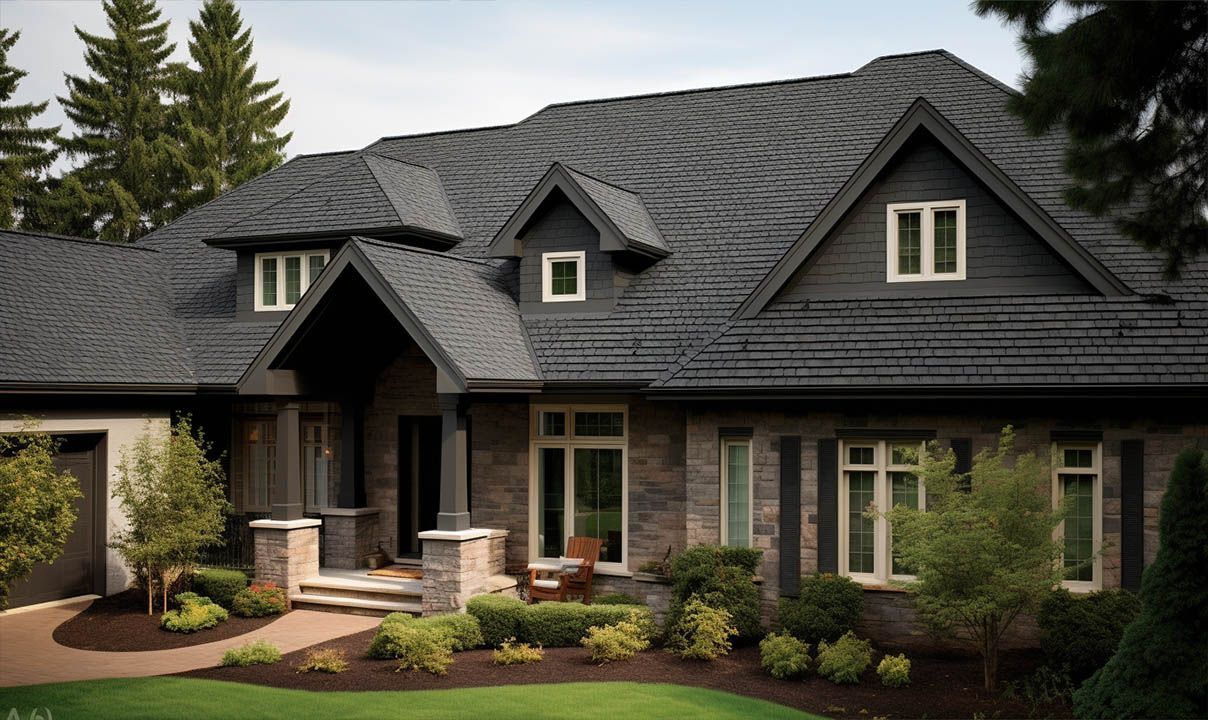
What Actions to Take in Case of Roof Damage From Extreme Weather
Extreme weather conditions can leave your home vulnerable, with the roof often taking the brunt of the damage. If your roof has suffered damage post-storm, here are some actions you need to take.
Safety First
Never attempt to inspect or repair roof damage during a storm or unfavorable weather conditions. Your safety and that of your family is paramount. Wait until the storm has passed and the weather is clear before inspecting the damage.
Assess the Damage
After the severe weather has subsided, it's time to assess the damage. Start from the ground level and look for signs of damage like missing shingles, clogged gutters, loose debris, or fallen tree branches. If possible, use a ladder to get a closer look at the roof but avoid climbing the roof, especially if it has suffered significant damage.
Contact Your Insurance Company
Report the damage to your insurance company as soon as possible. Most homeowner insurance policies cover storm damage, but informing them on time is essential. Make sure you document the damage with photos or videos and keep a record of any correspondence with the insurance company.
Get in Touch with a Roofing Contractor
Having a reliable roofing contractor at your disposal is crucial during these times. Professional roofers can provide a more detailed inspection and help determine the damage's extent, from missing shingles and hail damage to structural issues. They can also help you with the insurance claim process.
Secure the Area
Until help arrives, take steps to minimize further damage. This could involve placing a tarp over areas with missing shingles or where the roof has been punctured. Also, clear any fallen branches or debris from the surrounding area to prevent additional damage from strong wind.
Conduct Necessary Repairs
Once your roofing contractor has assessed the damage, work with them to conduct the necessary repairs. This may range from replacing loose shingles to more extensive repairs if significant structural damage occurs. A professional roofer will guide you through the process, ensuring your home is safe and sound again.
Conclusion
Severe weather can cause havoc, but with these roofing tips for extreme weather conditions protecting your home, you can stay a step ahead. Regular roof inspections, preventive maintenance, and timely repairs can save you from the headache of major damage and costly repairs. Be proactive, take the necessary steps to protect your home, and you'll be confident that you're ready to weather any storm that comes your way.
Working with a reliable roofer like Nova Home Improvements can ensure you don't suffer during weather extremes. They will inspect thoroughly and recommend the best ways to protect your roof.








